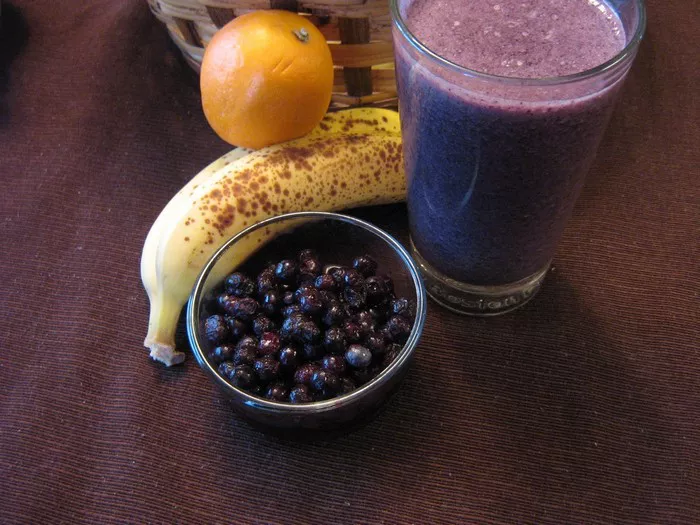Chinese cuisine is renowned worldwide for its diverse flavors and intricate cooking techniques. Among the myriad of condiments and sauces that elevate dishes to new heights, Peking sauce stands out as a quintessential component of classic Northern Chinese cuisine. This rich, savory, and slightly sweet sauce is the backbone of dishes like Peking duck, but it can also be used to enhance a wide variety of meats, vegetables, and even noodles.
In this article, we’ll explore the history, ingredients, and step-by-step process of making Chinese Peking sauce at home. By the end, you’ll be equipped with the knowledge to craft your own batch of this delicious sauce, tailored to your taste preferences.
History and Origins of Peking Sauce
Peking sauce, also known as Beijing sauce or sweet and sour sauce, has a long history deeply rooted in Chinese culinary traditions. Its origins can be traced back to the imperial kitchens of the Ming and Qing dynasties, where chefs meticulously crafted sauces to complement the royal banquets. The sauce’s popularity soared during the reign of Emperor Qianlong, who was particularly fond of dishes seasoned with Peking sauce.
Over time, Peking sauce evolved, incorporating various ingredients and cooking methods to suit regional tastes. Today, it’s a staple in Northern Chinese cuisine, particularly in Beijing, where it’s served with dishes like Peking duck, stir-fries, and roasted meats.
Ingredients for Peking Sauce
Making Peking sauce requires a balance of flavors, including sweetness, acidity, saltiness, and umami. Here’s a list of the essential ingredients you’ll need:
Hoisin Sauce: This thick, sweet, and tangy condiment is made from soybeans, flour, garlic, and spices. It adds a deep, rich flavor to the sauce.
Ketchup: Provides a tangy, slightly sweet base.
Honey or Sugar: Adds sweetness to balance the tanginess of the ketchup and vinegar.
Rice Vinegar or Apple Cider Vinegar: Adds a refreshing tang that cuts through the richness of the sauce.
Soy Sauce: Provides saltiness and umami.
Sesame Oil: Adds a nutty aroma and flavor.
Garlic and Ginger: Fresh minced garlic and ginger add a layer of complexity and freshness.
Cornstarch: Used to thicken the sauce.
Water: To adjust the consistency.
Optional Ingredients: Oyster sauce for added umami, chili sauce for a hint of heat, or a splash of Shaoxing wine for added depth.
Step-by-Step Guide to Making Peking Sauce
Now that we’ve gathered our ingredients, let’s dive into the process of making Peking sauce.
Prepare Your Ingredients
Start by measuring out all your ingredients. Having them ready will make the cooking process smoother and ensure you don’t miss any steps.
Sauté Garlic and Ginger
In a small saucepan, heat a small amount of oil over medium heat. Add minced garlic and ginger, and sauté until fragrant, about 30 seconds to 1 minute. Be careful not to burn the garlic and ginger, as this will give the sauce a bitter flavor.
Combine Ingredients
Once the garlic and ginger are fragrant, add the hoisin sauce, ketchup, honey or sugar, rice vinegar or apple cider vinegar, soy sauce, and sesame oil to the saucepan. Stir well to combine. If you’re using optional ingredients like oyster sauce, chili sauce, or Shaoxing wine, add them now.
Simmer and Thicken
Bring the sauce to a gentle simmer, stirring occasionally. To thicken the sauce, mix a small amount of cornstarch with water until it forms a slurry. Gradually add the cornstarch slurry to the simmering sauce, stirring constantly, until the sauce reaches your desired consistency. Be careful not to add too much cornstarch, as it can make the sauce gluey.
Taste and Adjust
Taste the sauce and adjust the flavors as needed. If it’s too tangy, add a bit more honey or sugar. If it’s too sweet, add a splash more vinegar or soy sauce. Remember, the flavors should balance each other, with no one element overpowering the others.
Serve Hot or Cold
Peking sauce can be served hot, straight from the stove, or allowed to cool to room temperature before serving. It’s versatile enough to be used as a dipping sauce, a glaze for roasted meats, or a dressing for salads and stir-fries.
Tips for Perfect Peking Sauce
Balance of Flavors: The key to a successful Peking sauce is achieving a balance of sweetness, acidity, saltiness, and umami. Taste the sauce frequently during cooking and adjust the ingredients accordingly.
Consistency: The consistency of the sauce should be pourable but not too thin. If the sauce is too thin, it won’t coat foods well. If it’s too thick, it will be difficult to pour and mix with other ingredients.
Quality Ingredients: Use high-quality ingredients, particularly hoisin sauce, soy sauce, and vinegar, as they will make a significant difference in the sauce’s flavor.
Storage: Store leftover Peking sauce in an airtight container in the refrigerator for up to a week. Reheat gently before using.
Conclusion
Making Peking sauce at home is a rewarding culinary experience that allows you to customize the flavors to your liking. With just a few ingredients and a bit of time, you can create a sauce that’s as versatile as it is delicious. Whether you’re serving it with Peking duck, stir-fries, or roasted meats, Peking sauce is sure to elevate your dishes to new heights.
So, next time you’re in the mood for a taste of Northern Chinese cuisine, give Peking sauce a try. With its rich, savory, and slightly sweet flavor, it’s sure to become a staple in your kitchen. Happy cooking!
Related Topics:



























